The aim of ACCEASY project is to promote an inclusive and accessible European heritage for people with intellectual disabilities and/or cognitive difficulties.
Lack of accessibility of heritage from a cognitive point of view is due to the use of a complex language, to the lack of consideration of the needs of people with intellectual disabilities and/or cognitive difficulties and to a lack of vindication of the right of these people to fully participate in social life.
The aim of the project is raise awareness of the importance of European cultural heritage, open the cultural heritage to people with intellectual disabilities and use cultural heritage as an instrument to promote social inclusion.
In the frame of the project we want:
- To promote the use of accessible communication systems.
- To sensitize and raise awareness.
- To claim cognitive accessibility as a right.
ACCEASY Sites/Monuments
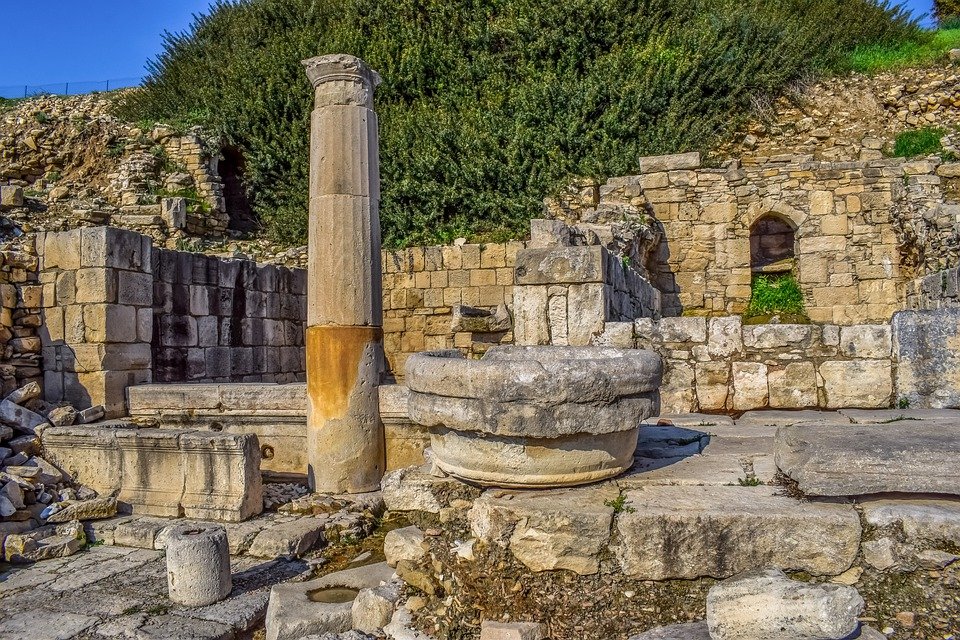
Cyprus: Ancient Amathus
The Amathus archaeological site is located 11 km east of the city of Limassol and is considered one of the most important ancient and historical sites of Cyprus. Traces of the earliest human presence Continue reading…
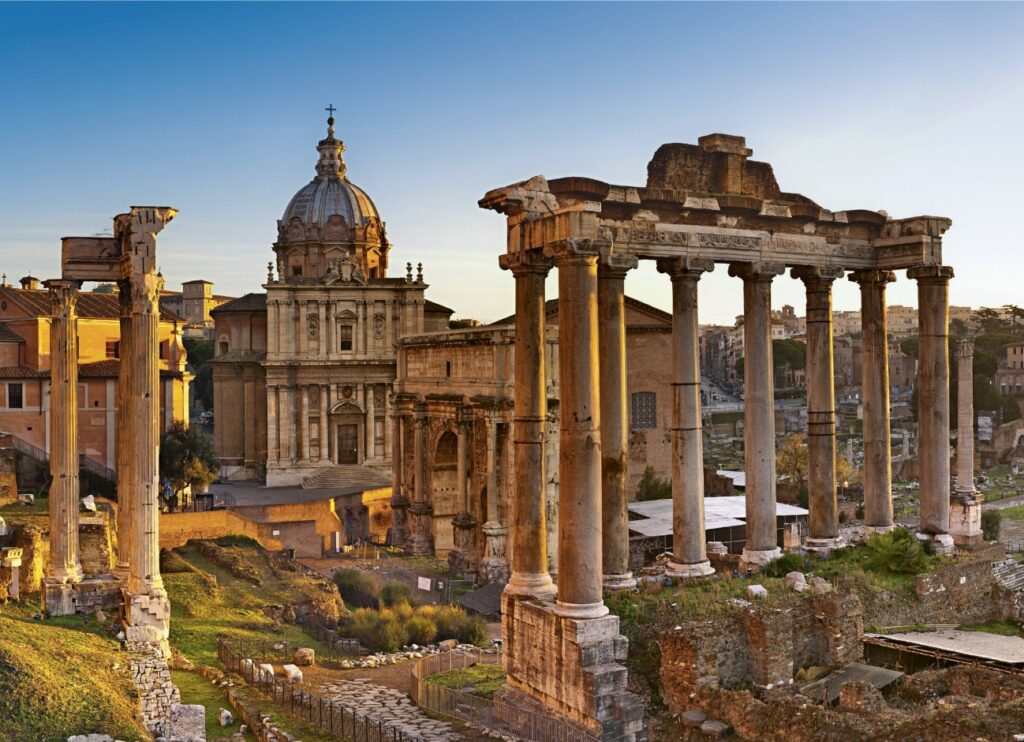
Italy: The Imperial Fora – The Trajan’s Markets – The Museum of the Imperial Fora
The Imperial Fora are a unique architectural complex in the world, consisting of a series of monumental buildings and squares, the center of Continue reading…
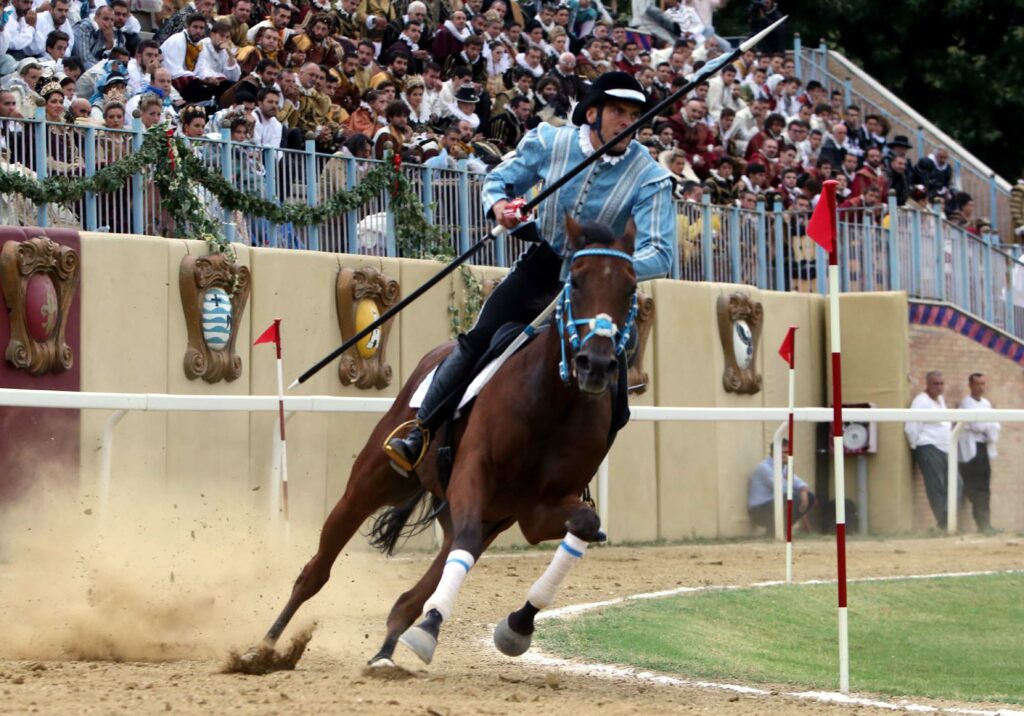
Italy: Giostra della Quintana de Foligno, Perugia
Since 1946 Foligno revives the atmosphere of the 17th century, a jousting tournament in the municipal stadium. The festival, revived in 1946, was inspired by a horse race dating back to the Continue reading…
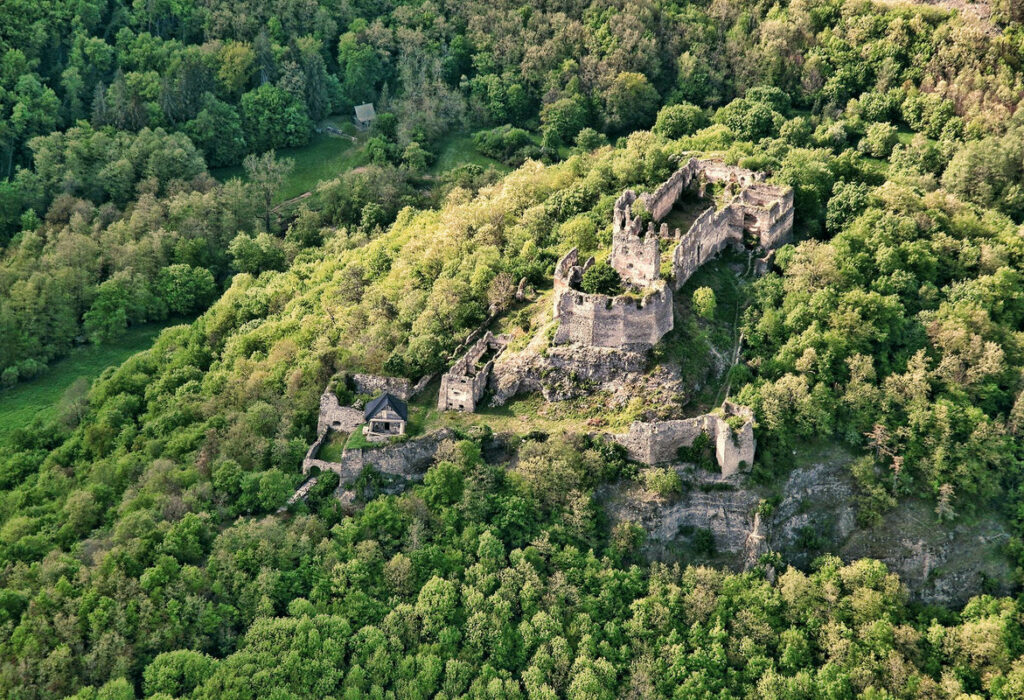
Slovakia: The Čabraď Castle
Ruins of the Čabraď Castle are in the Krupinská planina plain in south of Slovakia. This originally sentry castle first mentioned in 1276 was built to guard the road leading to central Slovakian mining towns. Continue reading…
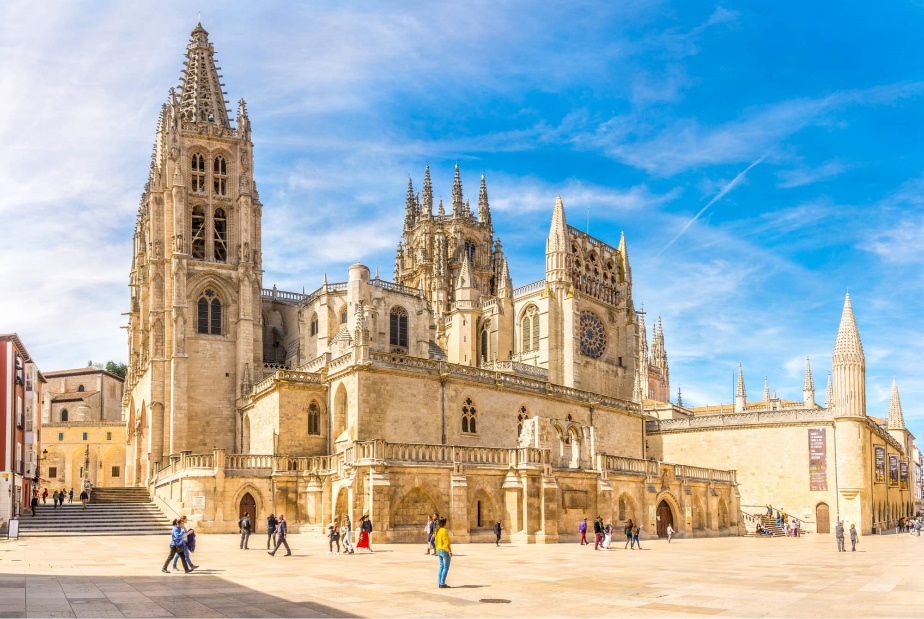
Spain: Burgos Cathedral
The cathedral is the most emblematic building in the city of Burgos. ST. Mary’s Cathedral was declared a World Heritage Site by UNESCO in 1984, the Burgos cathedral is one of the first Continue reading…
